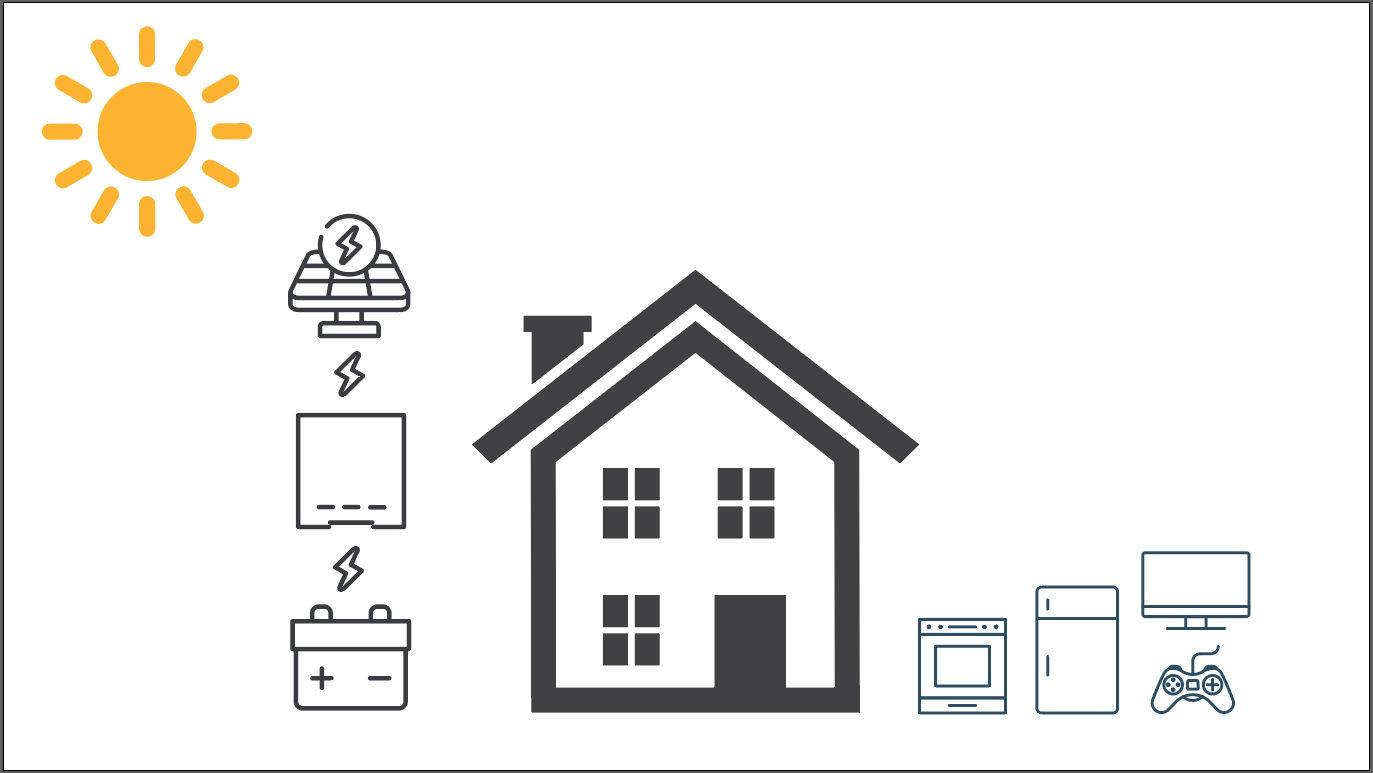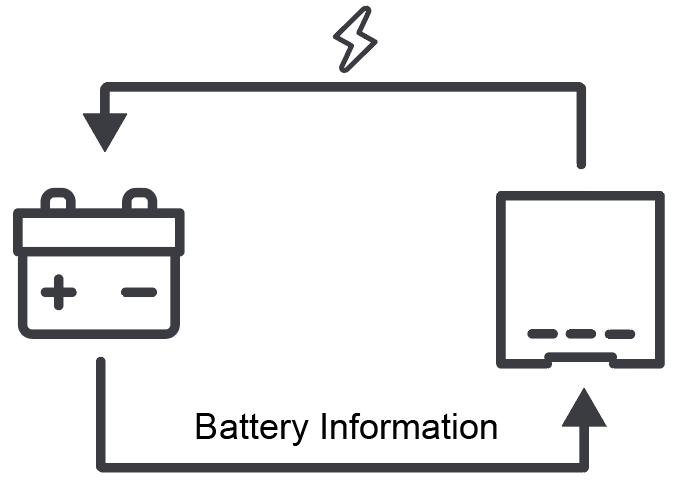
Lithium Backup Battery Installation at Home
Introduction
A question often asked by installers and homeowners alike is, “How do I maximize the performance of my batteries?”
First and foremost, the batteries require installation as per the environment and operating parameters specified in the battery manual. Secondly, the power conversion equipment, batteries, and load must all be sized to match. The cables and connectors, often overlooked when setting up the system, are vital. And lastly, the batteries must communicate the battery status to the power conversion equipment in a closed-loop configuration to maximize charging efficiency and the life of the battery.
Installation Location
The installation location is very important for the battery to operate at its full potential.
Temperature
Installing the batteries in a location that meets the documented environmental specifications is mandatory. But further to that, the battery runs more efficiently if used at moderate temperatures and not in the extremes of any of the temperature ranges. Operating batteries at an ambient temperature between 15 and 20 oC (59 to 68 oF) is optimal.
Climate
Other environmental considerations include the climate of the environment. Add dehumidifiers and fans to keep the batteries dry in wet, humid environments. Add heating in extremely cold environments. Add cooling in extremely hot environments. Keep the batteries and equipment clean and free of dust and debris.
Extreme Weather
Considering the increased frequency of weather events, evaluate how that could impact the batteries. Add appropriate drainage and ensure batteries are installed well above the ground to protect batteries from flood water. To protect batteries from tremors and potential earthquakes, install them on a solid surface and attach wall straps to secure the batteries to a frame.
Location
The placement of batteries can also influence performance, as well as safety. The location should include good airflow with space between the batteries, walls, and ceiling. Also, batteries should be installed away from living quarters and away from any sources of heat.
Power Conversion Equipment, Batteries, and Loads
The power conversion equipment has charge current and output current ratings. There should be enough batteries to handle the charge current, as well as handle the load requirements of the system, whether it be the whole home, specific appliances, or other loads.

The first thing to calculate is the load requirement. Appliances have energy guidelines. If possible, also identify their peak loads. Lightbulbs define their energy usage in watts (per hour). And if you use an EV charger, review its energy rate information. Total all these values to get the load requirement in the home.
Configure enough batteries to handle the power converted by inverter-chargers, and configure enough batteries to handle the load, whether it be the whole home, specific appliances, or other loads.
Cables and Connectors
The installation should also take into account the cables and connectors. Whenever possible, use manufacturer-recommended and UL-rated cables and connectors. The cables and connectors should be of high quality and capable of handling the voltage and current generated by the power conversion equipment and batteries. Without correctly sized cables and connectors, the system can overheat.
The length of the cables between all the components in the Energy Storage System (ESS) should be as short as possible by locating the batteries close to the power conversion equipment. You can minimize the resistance, voltage drop, and other electrical issues with good, short cables and secure connectors.
Closed-Loop Communication
Perhaps the most important component that enables Lithium batteries to run efficiently is closed-loop communication between the Battery Management System (BMS) and the power conversion equipment. By using closed-loop communication, the power conversion equipment adjusts the energy delivered to batteries depending on the battery's current State of Charge (SOC), cell temperature, and voltage.

Summary
There are many things installers and homeowners can do to maximize the performance of their batteries. First and foremost, install the batteries as per the environment and operating parameters specified in the battery manual. Secondly, the power conversion equipment, batteries, and load must all be sized to match. The cables and connectors must also be sized for the system. And lastly, the batteries must pass battery information, such as the battery SOC, temperature, and voltage, to the power conversion equipment to maximize charging efficiency and maximize the life of the battery.
